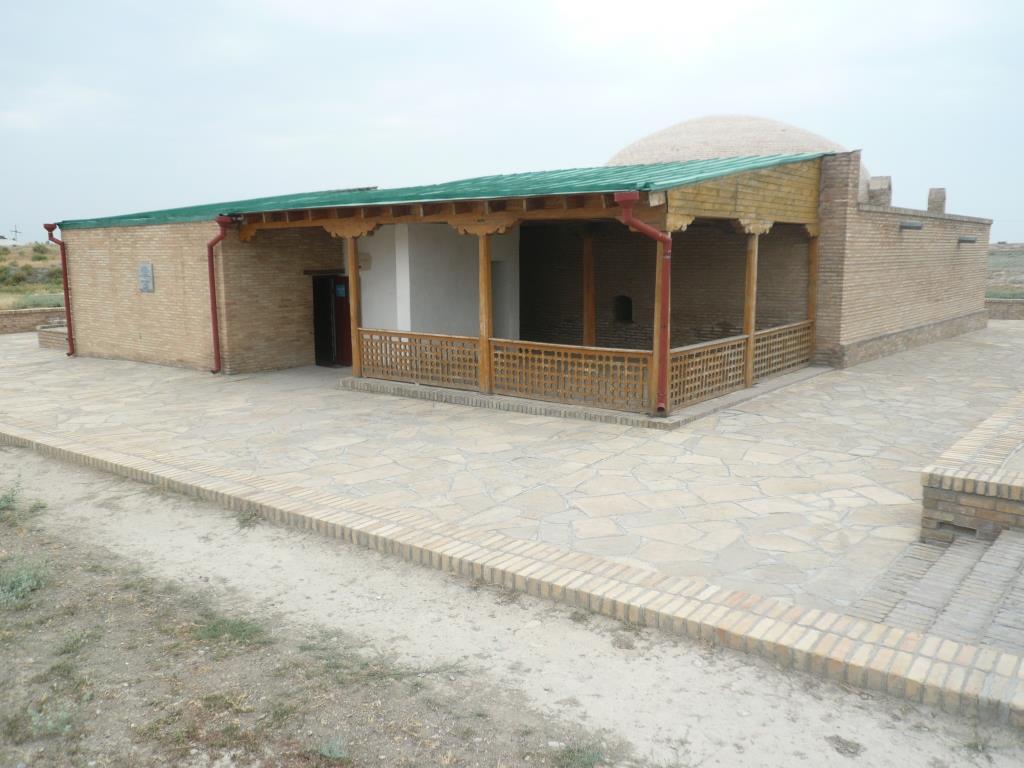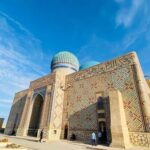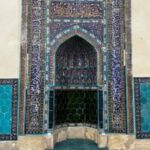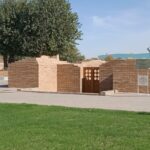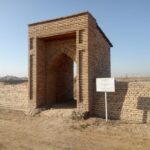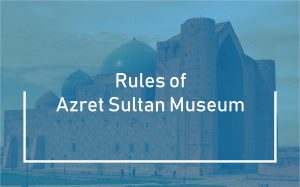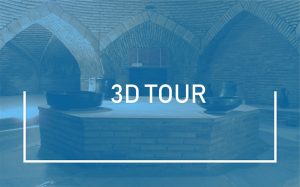The national monument of the status. From the south-west of the mausoleum is located 80 meters away from the bottom half of the land. According to the research of archaeologists bath/hammam 1580-1590 during the reign of Abdullah Khan, the majority of visitors to zïarat the mausoleum built for the congregation. The entry requirements for a bath (11th century literary inheritance): “My son, I say to you: do not go to the bath with full stomach – it is a harm, do not go every day – it can cause damage. The baths should be visited once every two days. In the winter, summer is the physical training to be a little bit in the front room, next room and stops, and then only hot, in the room you can admire. But, anyway never stay for so long. The heat of the bath alone after can be affected to you to go into the drain. Do not add cold water hot water to yourself,but get to know the limitations. If their is a free room consider yourself as happy. Because the lawyers empty bath “finds prey,” he believes. Dry the hair out of wet hair out, unworthy of a decent and honorable people. Upon disembarking, wet hair, dear audience visibility immorality. Avoid drinking beer in the bath-water. It may be swelling and physical harm … “Testament words. The total size of the bath is 17x15m, the height is 4.8 meters, the entire amount of bricks even 25x25x5 cm. Using the local population as a bath until 1975. Bath semi-underground, five-domed, self-built brick walls. Nine used for different purposes in different rooms: bathroom, hot and cold water, massage, etc. rooms. Construction of the heating system, highly skilled, and the hot air from the heating room via underground pipes under floor heating in all rooms. 1994 “historical and cultural monuments in the lineage of” South-Kazakhstan region included in the set of №590.13-digit number from the jurisdiction of the state. Bathhouse its capital structure and architectural decision clearly visible experience of the great masters of the Middle Ages monument. In 1979, a fine example of medieval architecture into the museum in order to preserve the future.
East Bathhouse, XVI c.
